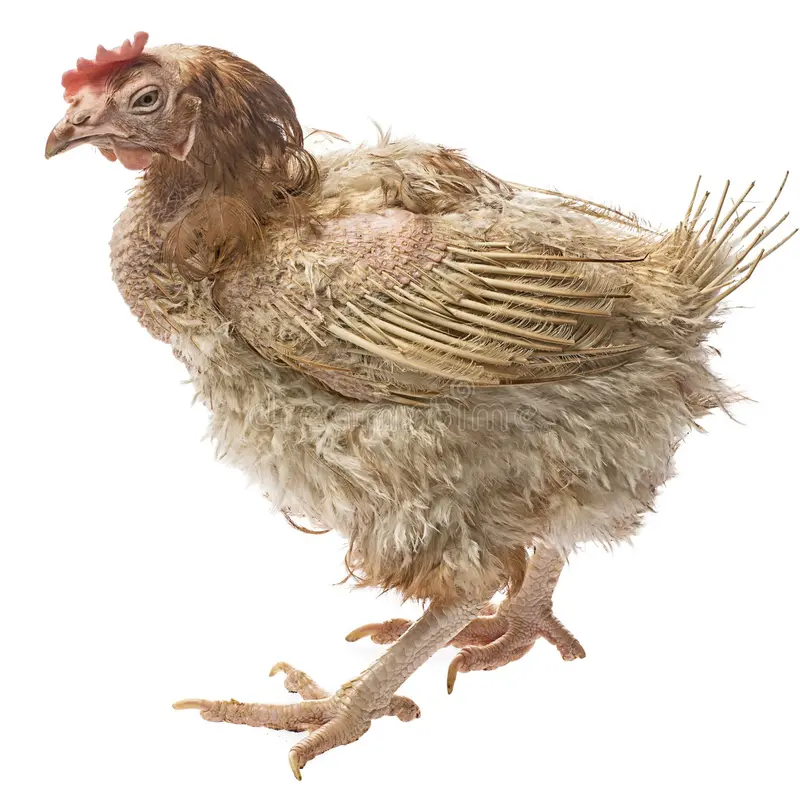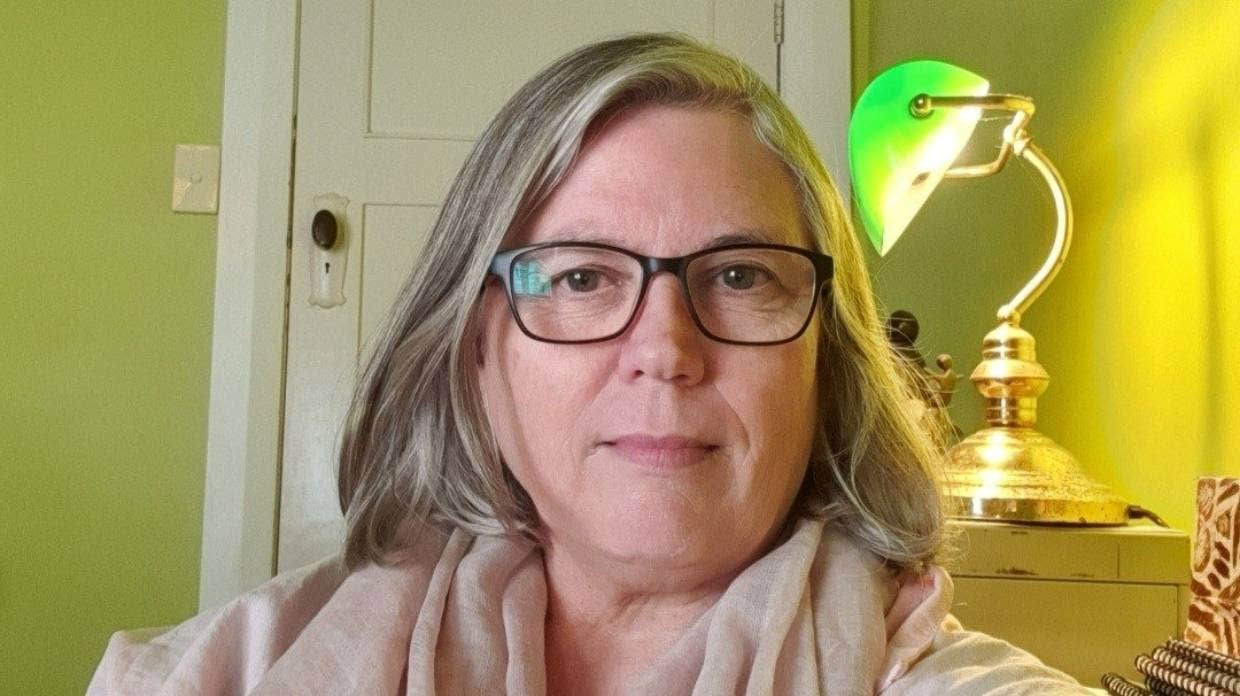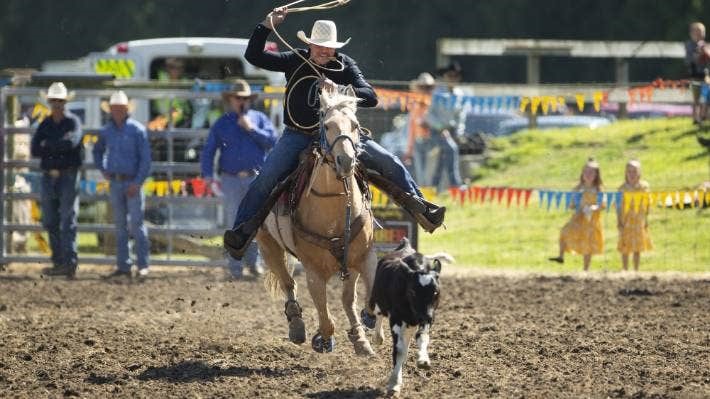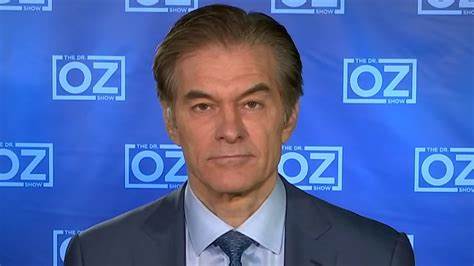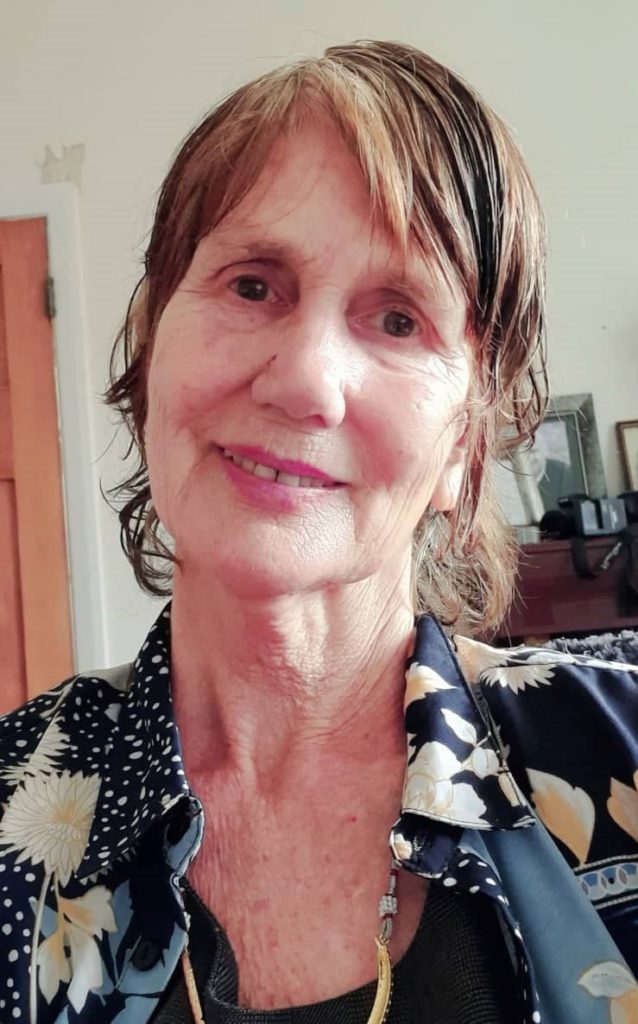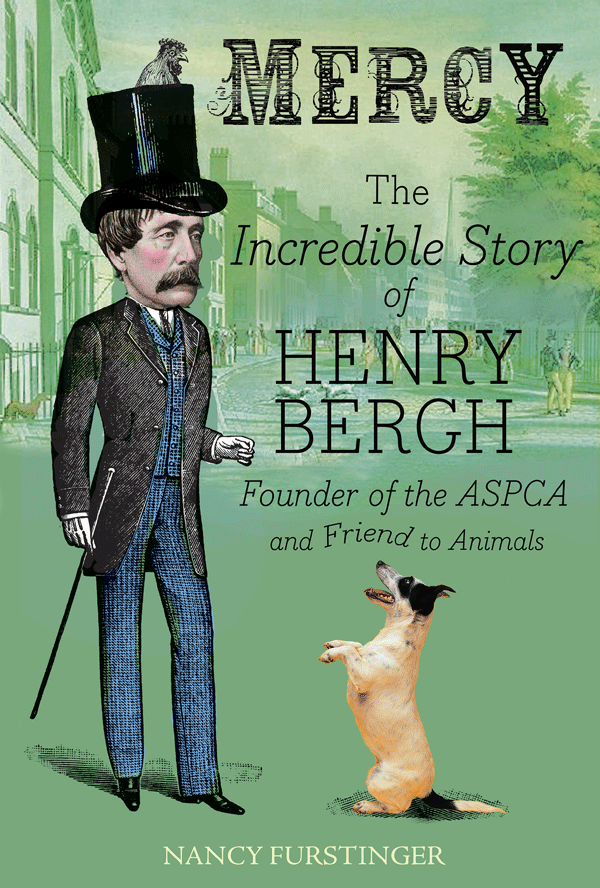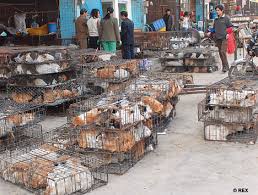From a hatchling until her death in an automated slaughterhouse, a factory-farmed chicken’s life is hell from beginning to end. Another powerful and compassionate story from young writer and animal activist Lily Carrington.
Day One…
She tumbles out of her eggshell and lands on something hard. A cacophony of chirping overwhelms her, like a door opening to a deafening crowd. The brightness of artificial lights blinds her at first. She blinks. She’s in a crate, cold plastic slats pressing painfully into her brand-new baby feet. She does a little shake, her feathers sticking to her skin like wet clothes. Her blue eyes are wide, her heart beats out a speedy rhythm in her chest. All of a sudden, a hand lunges down towards her. Before she can run, fingers clamp around her small frame like a vice, lift her into the air, then send her flying. She slams down onto another unforgiving surface, a conveyor belt. After a moment of panicked kicking and flapping she regains her balance and stands, wobbling among countless other chicks as the conveyor belt moves along steadily beneath them. She is grabbed again, carried, dropped, grabbed again, and then blinding pain sears through her beak. She screams internally, the agony unbearable. After an excruciating few seconds, the machine releases her beak, but the pain barely recedes. She falls into another crate. Her head lolls forward, eyes half closed as pain continues to surge through her body in waves, threatening to drown her. The crate is lifted and stacked on top of another. Then another is stacked on top of that.
Eleven months later…
In the darkness of a shed, her beak still hurts when she eats. But now she has worse pains that compete for her attention. Her skin stings in the raw patches where her feathers are missing, pecked out by other chickens when she attempts to approach the pop holes. Now her feathers have started just falling out by themselves. Her legs falter beneath her, becoming more fragile every day. Her feet ache from standing on hard plastic. Her lungs burn from the stench that permeates the air. Huddled in a gloomy corner, her gaze darts
around, left, right, left again. She blinks, and lets her haggard body gradually sink onto the grimy floor. She breathes slowly, heavily. Her eyelids close halfway, but not fully. Her body feels as if it’s full of bricks, but her mind zaps with anxiety, preventing her from sleeping. She will never know what it’s like to feel safe.
Seven months later…
She is weaker still. An unusual commotion brings her to her feet. Chickens are being seized and crammed into crates. She becomes immediately alert, as fear tightens its hold on her. She rushes clumsily to the rear of the shed where the other chickens have gathered into a mass of squawking, flapping, feathers. Soon she too fails to escape the determined hands as they lunge and grab. As she panics wildly, fingers tighten around one of her legs and jerk her upside down. Her leg snaps and searing pain engulfs her. But the hand doesn’t let go.
“Keep flapping and I’ll break your other one too!”
She’s shoved into a crate, and desperately tries to readjust. Trying, but failing, to escape the pain in her leg. More chickens are
squashed on top of her. She can barely breathe.
Five hours later…
Her world tilts upside down as she is wrenched from the midst of the chickens in her crate. Her mangled leg is forced into the unyielding grip of a metal shackle. The pain is overwhelming. But the world does not stop for her, and the line of shackles moves onwards.
Taking her, in all her flapping desperation, to the electrified water baths. Without hesitation, she is dragged headfirst into the bath. She thrashes under the water. In the shackles, her pale feet twitch and spasm. She is still underwater, and still she thrashes. Then finally, finally, finally, her body goes limp. At the other end of the bath, she emerges. Her bare throat arrives in the hands of the throat cutter. The knife points into her flesh, presses, and cuts her open, then her blood pours out.
See also:

Lily Carrington is a dedicated animal rights activist who is driven by a strong sense of justice for all beings. She is fighting for a world where all non-human animals are granted respect, compassion and freedom. Lily lives in Hamilton, New Zealand, with her Mum and 10 companion animals. She has recently graduated from school.
